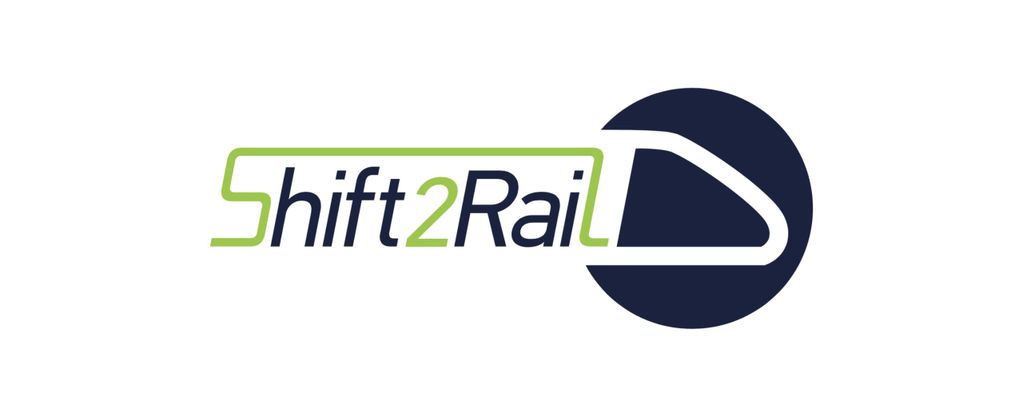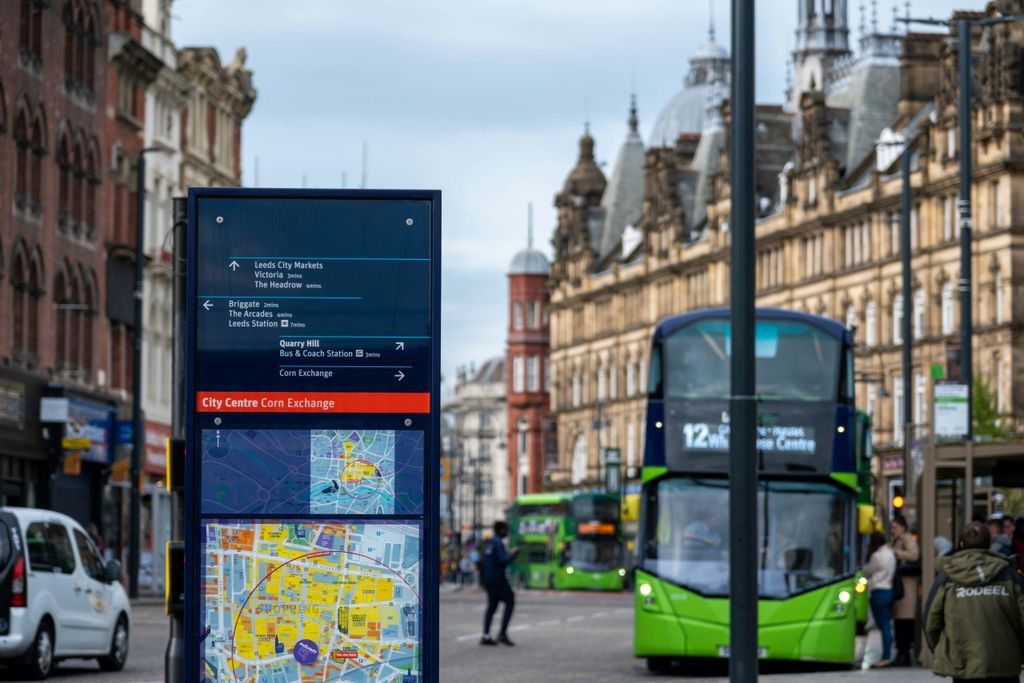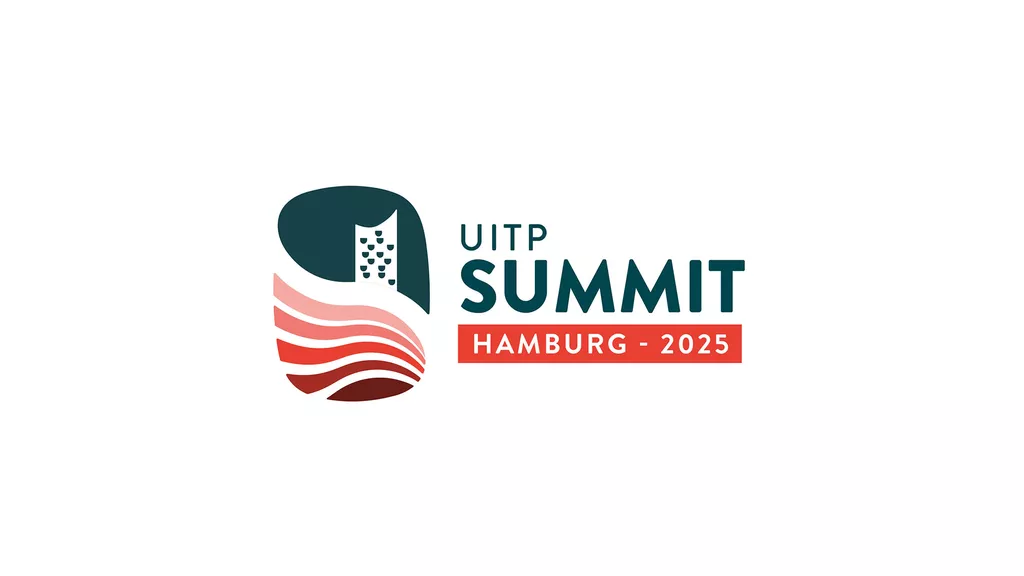

Blog: ONE Open Data Ecosystem in the Railway Sector
Learning from the European Shift2Rail Initiative
Digitalisation is a reality of the railway sector. In almost all areas of operation, new digital solutions are becoming universal – from the evolution of traditional systems, such as computer-based interlocking, to new technologies including advanced asset diagnostics. With digital solutions come vast amounts of data. So, one of the key challenges, and opportunity, is making these data available to partners through an efficient, automated and standardised, acting like one open ecosystem. This is one challenge that Shift2Rail is aiming at moving forward.
Shift2Rail Joint Undertaking is a public-private partnership in the rail sector established in 2014. Part funded by the European Commission’s Horizon 2020 Programme, it has an ambition to provide mechanisms for the entire rail sector to work together and drive innovation in the years to come. The key task within some Shift2Rail projects is to prioritise research and innovation (R&I) activities that accelerate the penetration of integrated, interoperable, and standardised technological innovations to support the Single European Railway Area (SERA) and achieve operational excellence of the railway system.
The starting point of this integrated view of the railway world is the Shift2Rail Common Data Mode (S2R-CDM). The S2R-CDM is not meant to model the whole railway system. Its objective is to define a unified hierarchical structure representing the components of the railway system, identify the relations between them and provide a common language and data dictionary to describe them. The S2R-CDM can be used as a foundation for new products or for exchanging and giving interpretation to data between different railway systems (or different components within a railway system).
And the industry wants to leverage open standards; following recent trends in the software industry which is leveraging significantly open source projects. The S2R-CDM structure should allow the inclusion of complementary modelling initiatives in a collaborative effort (e.g. Building Information Modelling – BIM), avoiding competing and overlapping models for the creation of new business cases. So, the core model must support different ways of implementing an interface with today’s well-known formats and protocols. In addition to this, it must be non-restrictive for future formats and protocols. Shift2Rails partnership will have to develop governance in order to ensure the consistency and scalability of the S2R-CDM in the future. Different on-going Shift2Rail projects (In2Smart, X2RAIL-2, CONNECTA, CONNECTIVE, FR8RAIL, IMPACT-2) are already dealing with the concept of data standardisation and data integration, confirming that a common understanding of data is a need to be addressed more broadly.
Thales and Shift2Rail
Thales is a founding member of Shift2Rail and has been working across multiple ‘Innovation Programmes’ to support research & innovation in all areas of the rail ecosystem. For example in the In2Smart project, Thales partnered with Network Rail to improve the quality of asset management by identifying the erroneous alarms generated on assets by external factors, such as weather. This will drive value to maintainers who need to prioritise their workload and respond to such alarms. Furthermore, this will ensure that serious issues are not lost in the “noise” generated by a large number of simultaneous anomalous alarms thus generating a truer record of asset performance.
To enable data sharing and integration, and to accelerate the development of these prototypes which have data coming from multiple systems, Thales developed a prototype integration layer. This technology was built to support the data transfer from the proprietary formats to a proposed S2R-CDM format and allow for structured storage and publication. TIRIS, Thales big data analytics application, has been used to test this data workflow and to ultimately prevent temporal alarms being raised due to weather effects. The prototype CDM for track circuits, point machines and weather data has been implemented within the integration layer.
Moving forward Thales is working with Network Rail to further develop the prototypes as part of In2Smart2. The goal is to use both historical and live data to explore big data analytics on the available maintenance and asset databases.
An integration layer will advance the railway industry ability to capitalise in the vast amounts of data coming from multiple systems, from different vendors. In addition to this, it will allow partners to play with this data, creating ONE open ecosystem.
exclusive resources












